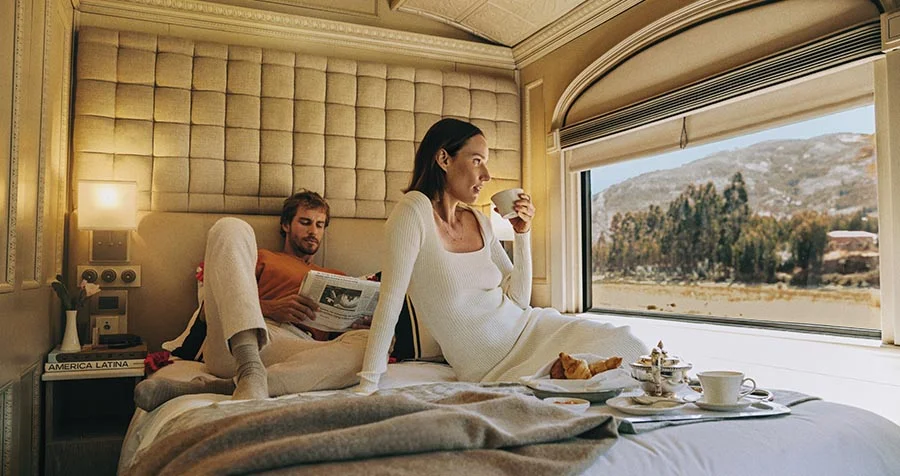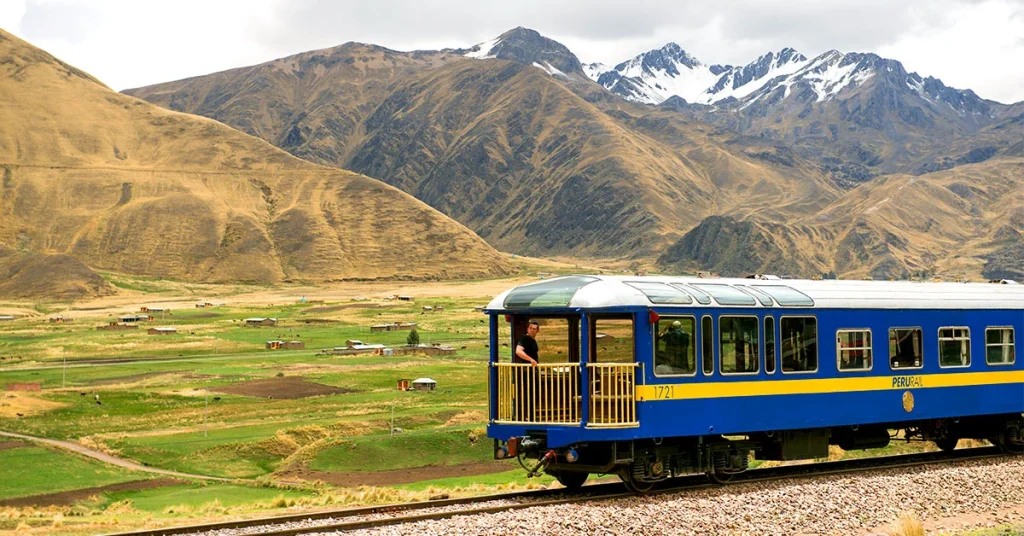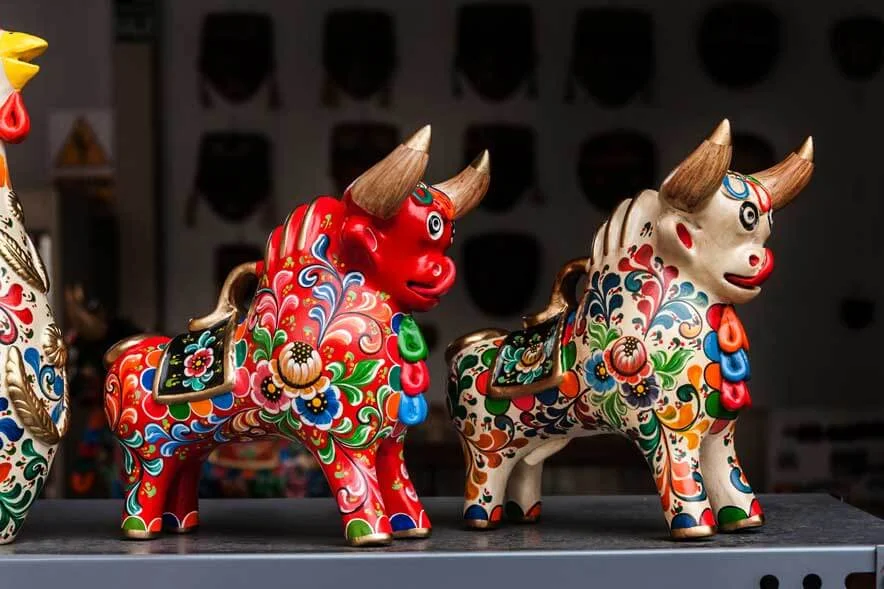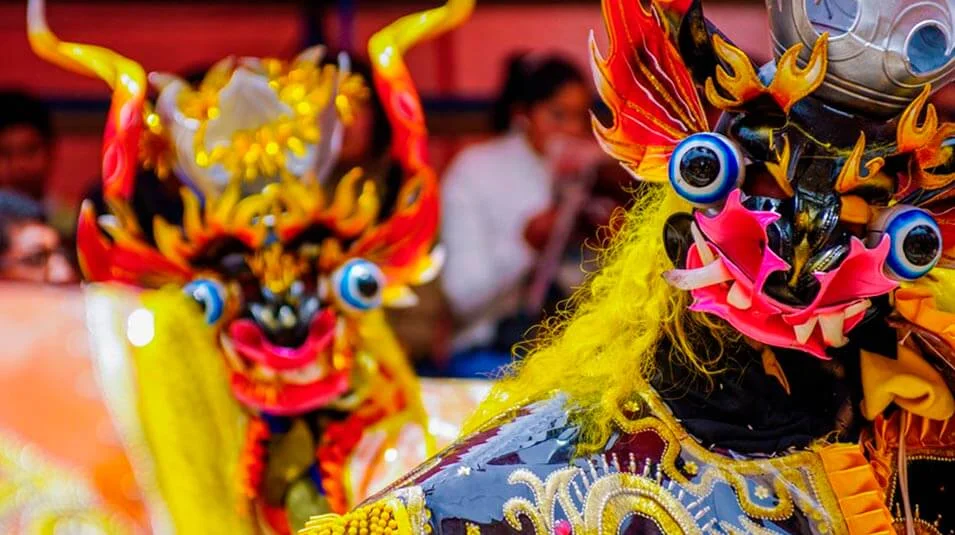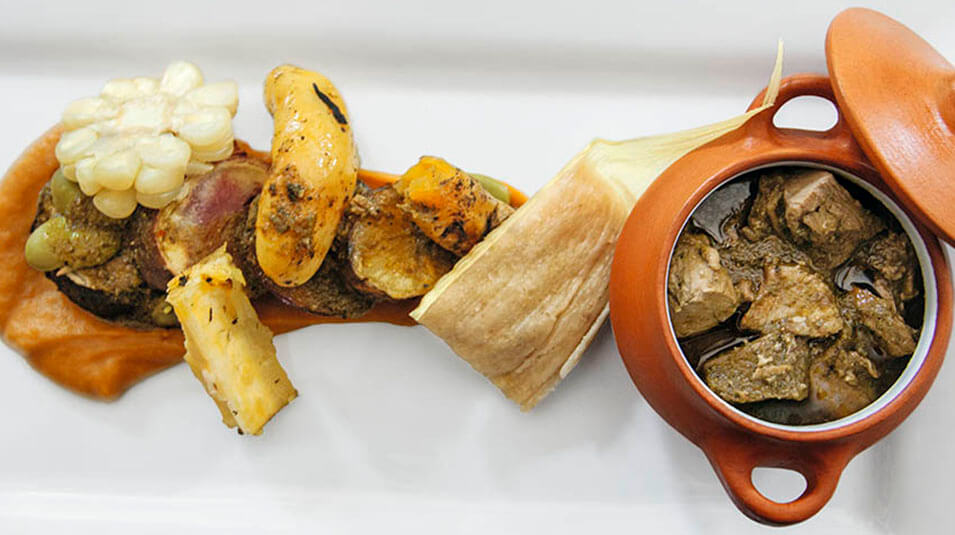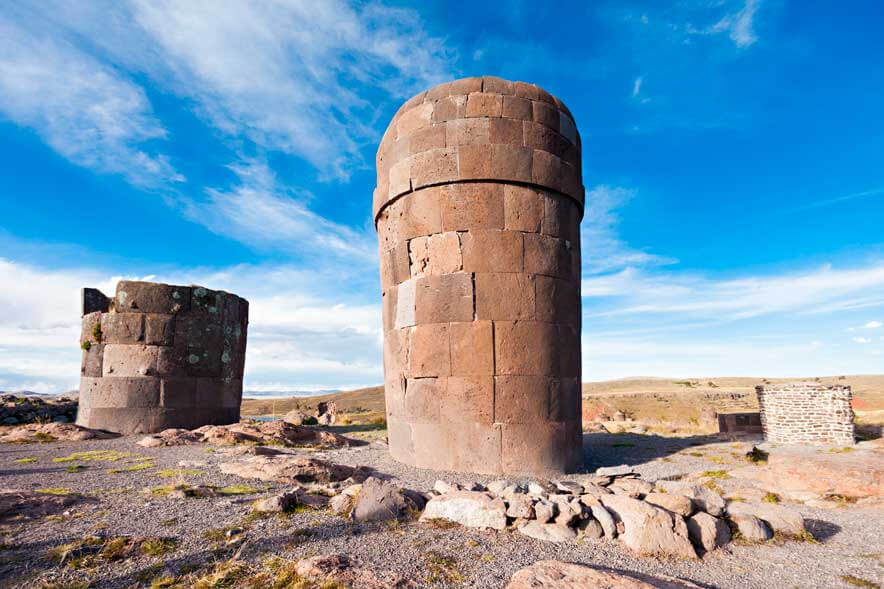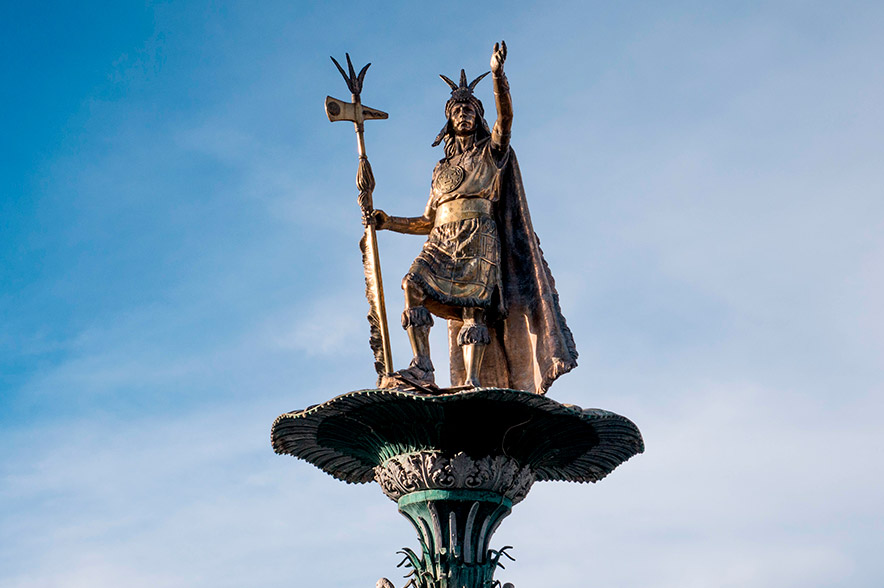PUNO, LAKE TITICACA
The Capital of Peruvian Folklore
Altitude
12,555 ft
Dry Season
57°F and 60°F
Rainy Season
60°F and 62°F
The city of Puno, located at 12,500 ft is famous for Lake Titicaca, the world’s highest navigable lake, where there are a large number of habitable floating islands.
What to do in Puno?
Plaza de Armas (Main Square)
Jirón de Lima
Lake Titicaca
Uros, Taquile, Amantani and Llachón Islands
The Temple of Fertility
Chullpas of Sillustani
Carlos Dreyer Museum
Museo de Costumbres
The Yavari Ship
Mirador Kuntur Wasi
Mirador Puma Uta
Horseback Rides
Where to eat
Bars and discos
Handicrafts Fair
How to get to Puno?
There are three ways to reach Puno:
- By plane: Arriving at the city of Juliaca. Flights from Lima take 1:35 hours approximately, and flights from Arequipa take approximately 40 minutes.
- By road: The route from Lima to Arequipa, Juliaca and Puno is 817 miles and takes approximately 20 hours; the route from Cusco to Puno is 241 miles and a 7-hour journey, approximately; the route from Arequipa to Puno is 177 miles, which takes about 5 hours; the route from Tacna to Puno 233 miles and approximately 6 hours or from Juliaca to Puno 26 miles and takes 40 minutes.
- By train: On board the Andean Explorer, a Belmond Train or on the PeruRail Titicaca, which travels across 238 miles of Andean landscapes in 10 ½ hours.
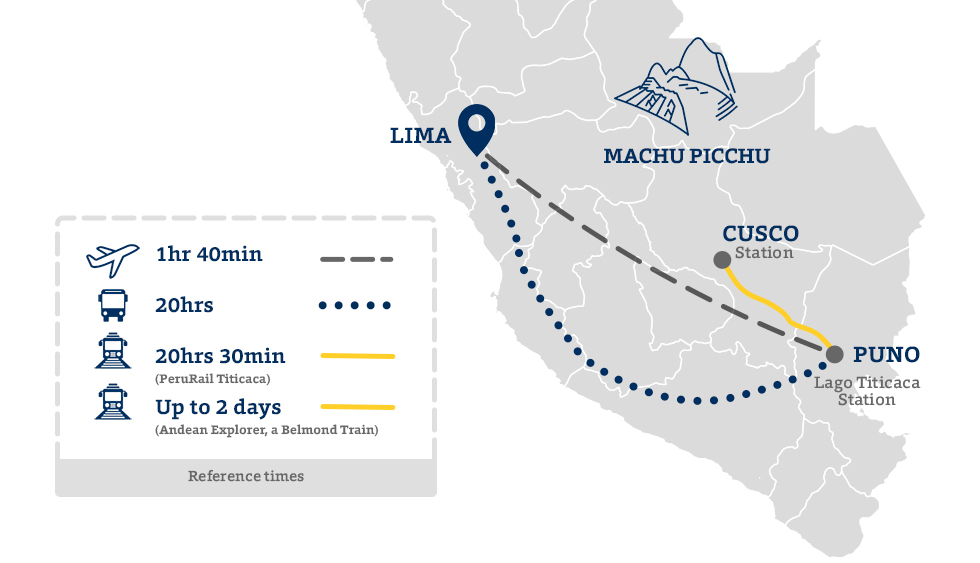
Train Services to Puno
Train Stations in Puno
- Puno Station
- Puno Muelle Station
History and Culture of Puno
FAQ
In the rainy season (September to April), temperatures vary between 60°F and 65°F. In the dry season (May to August) temperatures vary between 40°F and 59°F. In July temperatures can drop to -4°C / 25°F. However, many tourists prefer visiting in February for the festival of the Virgen de la Candelaria and the cultural display is in all its splendor.
You may quite probably get altitude sickness, but you can offset it with soroche tablets, an infusion of coca leaves and the appropriate food. However, it is recommended that on your first day in Puno to acclimatize by taking it slowly, take a city tour, or walk in the areas close to the city.
Voltage in Peru is 220v. You will need an adaptor if the voltage in your country is 110v. The most common outlets are Type A, Type B and Type C.
For meals and shopping, it will depend on the establishment. The smallest local and family shops tend to only accept cash. However, you can buy your train ticket using all the payment methods, including credit cards, debit cards, cash, and bank transfers.
Pesq’e de quinua, chairo, chupe de quinua, Huarjata, fried trout, deep-fried alpaca, Puno cancacho, Puno stew, pachamanca, cauche cheese. Read more.
Because of the altitude of 12,555 ft, Puno’s weather is varied but it is generally colder than other areas. A cap, gloves, wool socks, and warm clothing are recommended.
